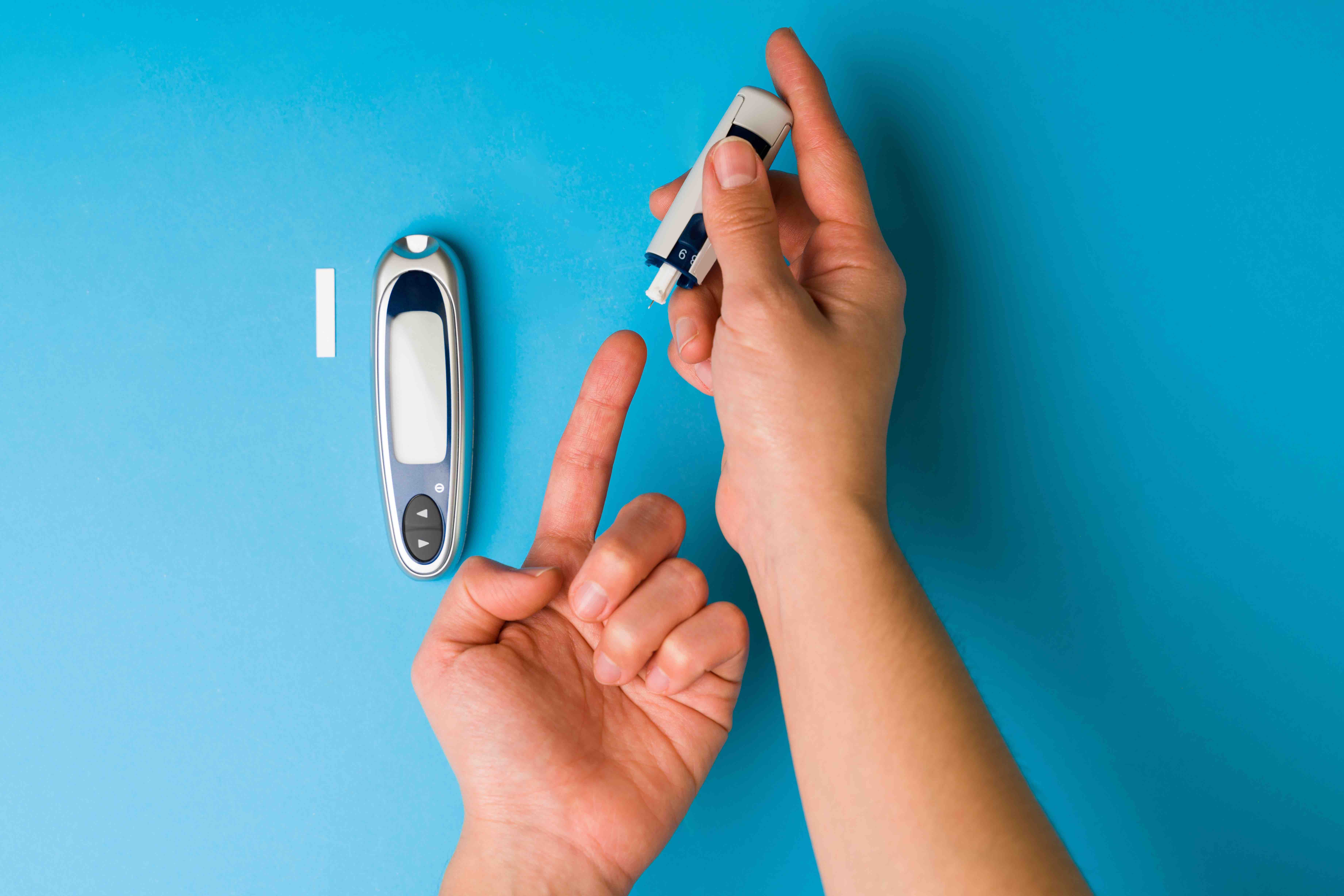News
Article
Sociodemographic, Clinical Variables Impact Metabolic Control in Adolescents With T1D
Author(s):
Self-care adherence, family support and functioning, and school support also indirectly affected the relationship between sociodemographic and clinical variables and metabolic control, a study found.
A study published in Nursing and Health Sciences suggests that sociodemographic and clinical variables play a key role in metabolic control and quality of life (QOL) in adolescents with type 1 diabetes (T1D).1
Researchers at the University of Minho in Braga, Portugal, aimed to determine how clinical factors, demographic variables, family support, school support, and adherence to T1D self-care may impact metabolic control and QOL in adolescent patients between 12 and 19 years old. The potentially impactful aspects explored in the study were based on The Childhood Adaptation Model to Chronic Illness: Diabetes Mellitus, a model of childhood adaptation to T1D developed by Whittemore et al in 2010.2
Testing glucose | Image credit: AntonioDiaz - stock.adobe.com

“During adolescence, family and social support plays an important role in adolescents' lives and self-care and, consequently, in adaptation to T1D,” the authors wrote. “Adolescence is characterized by the pursuit of independence and autonomy from the family and the increase importance of peer influence in adolescents' activities. Therefore, when the family shows high control and overprotection, there are negative repercussions in adaptation to diabetes.”
Adolescence is associated with a decrease in both adherence and metabolic control, the authors noted, and longer diabetes duration in this population is associated with an increased risk of developing complications that may worsen QOL. While metabolic control and reported QOL differ based on gender and age, adolescence overall and the transference of care-related responsibilities from the family to adolescents has to do with the lower adherence and metabolic control seen in these patients, the authors explained.
A total of 100 adolescents with a mean (SD) age of 15.12 (1.92) and 100 adults were included in the study as 2 separate samples, with adolescents assessed by self-care adherence, family support, school support, and QOL. From the parent perspective, investigators assessed family functioning and parental coping.
All patients with T1D were using conventional methods, with 88% monitoring glucose 4 or more times per day and 90% administering insulin 4 or more times per day. Just over half (55%) reported at least 1 diabetes-related hospitalization since their diagnosis.
The rate of metabolic control based on hemoglobin A1c was 9.1% (SD = 1.61), which the authors noted shows poor metabolic control, and only 13% of the adolescents in the sample had hemoglobin A1c levels of 7.5% or less. No statistically significant differences were found between stages of adolescence or between genders when it came to metabolic control.
Adolescents who monitored glucose 4 or more times per day showed better metabolic control, while more hospitalizations were associated with worse metabolic control. The clinical or demographic variables were not significantly associated with QOL.
The number of times a patient monitored glucose indirectly affected family functioning due to adherence, and family functioning indirectly impacted metabolic control through QOL, the authors explained (β = 0.108; P ≤ 0.01 and β = 0.248; P ≤ 0.05, respectively). “Thus, adherence, family functioning, and QOL had a partial indirect effect in the relationship between the number of daily glycemic monitorings and metabolic control,” wrote the authors.
Glycemic monitorings also showed indirect effects on school support through adherence, and school support impacted metabolic control indirectly through QOL (β = 1.896; P ≤ 0.01 and β = 0.035; P ≤ 0.01, respectively). Therefore, the authors concluded that adherence, school support, and QOL had a partial indirect effect on the relationship between glucose monitoring frequency and metabolic control.
Hospitalizations also indirectly impacted metabolic control through school support and QOL (β = 0.031; P ≤ 0.05), and the age of adolescents was significantly and directly impactful on metabolic control (β = 0.267; P ≤ 0.001).
“Adherence had an indirect effect on the relationship between glycemic monitoring and family and school support, suggesting that adolescents need both types of support to perform diabetes self-care tasks. QOL showed a direct effect on metabolic control revealing the importance of QOL in the design of interventions to promote metabolic control in adolescents,” the authors wrote.
Future studies are needed and should also include variables to assess adolescents’ psychosocial response to T1D, the authors noted.
Reference
1. Almeida AC, Tavares F, Pereira MG. Metabolic control and quality of life in type 1 diabetes: do adherence, family support, and school support matter? Nurs Health Sci. 2023;25(3):456-465. doi:10.1111/nhs.13042
2. Whittemore R, Jaser S, Guo J, Grey M. A conceptual model of childhood adaptation to type 1 diabetes. Nurs Outlook. 2010;58(5):242-251. doi:10.1016/j.outlook.2010.05.001




